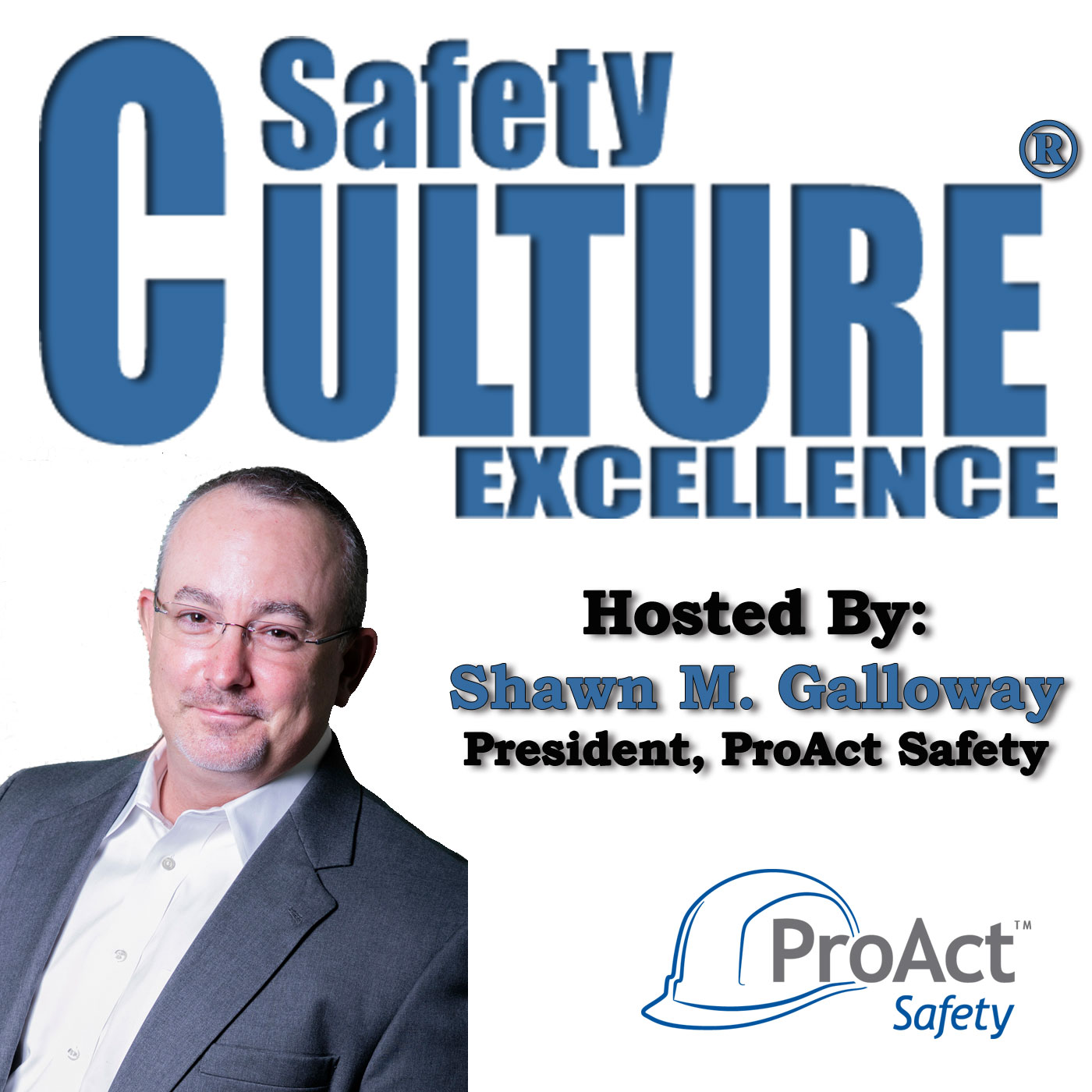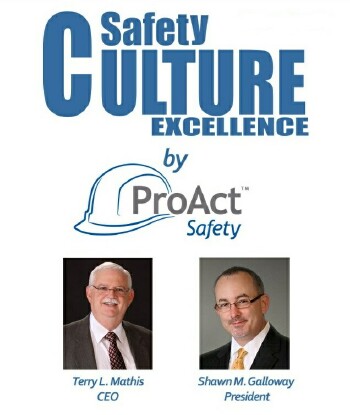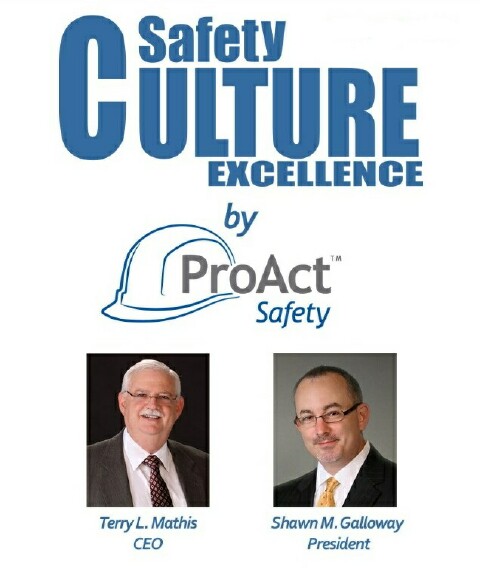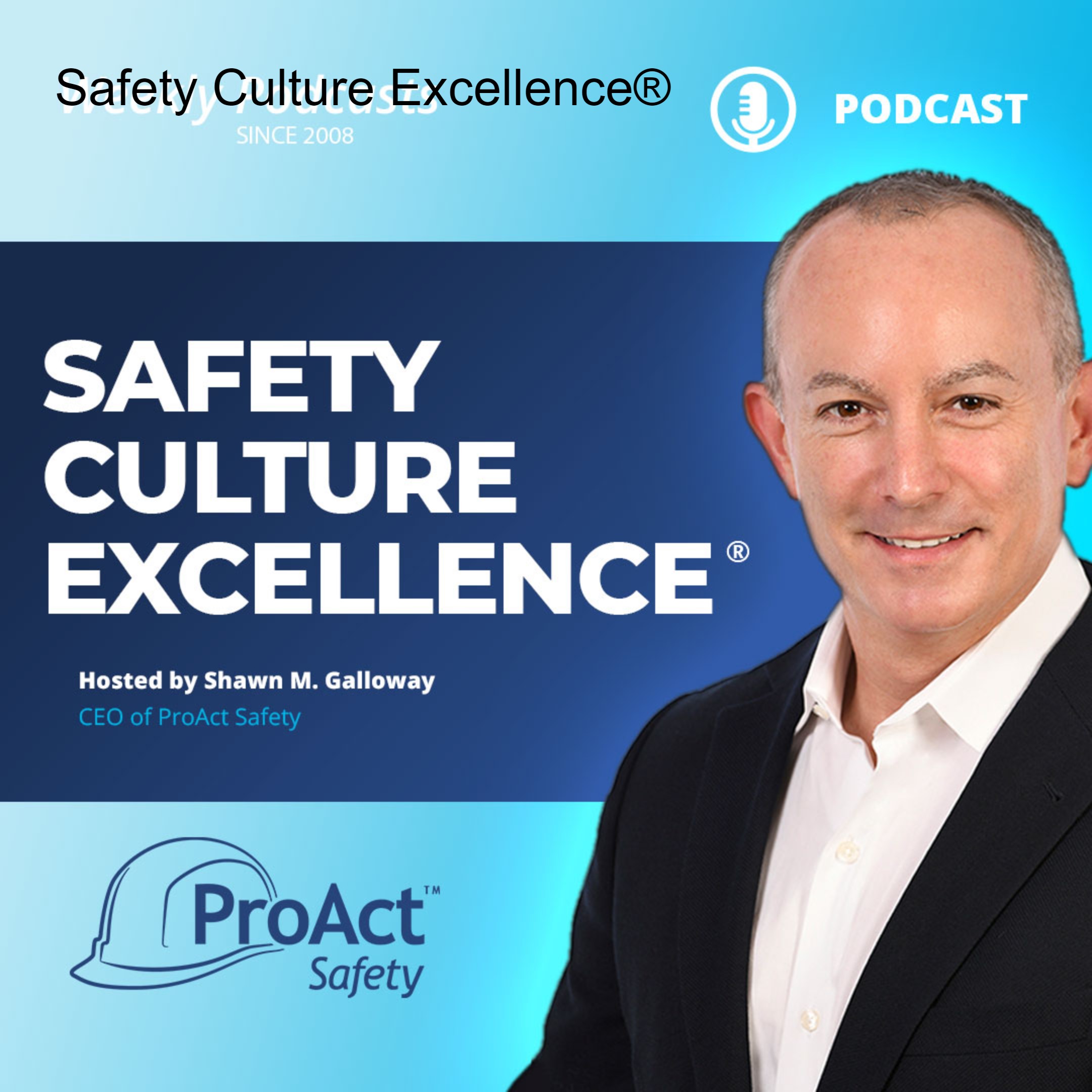Episodes

Monday Oct 31, 2016
463: Computer-Based Training is Bad For Your Safety Culture
Monday Oct 31, 2016
Monday Oct 31, 2016


Monday May 09, 2016
439: How Imitation Can Be Suicide
Monday May 09, 2016
Monday May 09, 2016


Monday Dec 28, 2015
420: It's No Surprise We Fail Our Supervisors
Monday Dec 28, 2015
Monday Dec 28, 2015


Monday Aug 17, 2015
401 - Four Levels of Training Effectiveness
Monday Aug 17, 2015
Monday Aug 17, 2015


Wednesday Apr 15, 2015
How OSHA Damaged Safety Training
Wednesday Apr 15, 2015
Wednesday Apr 15, 2015
When OSHA set quantity requirements for annual refresher training without setting stringent quality requirements, safety training began a never-ending downward spiral. The vast majority of ALL safety training, OSHA required and otherwise, is low-quality training that has little to no impact on performance in the workplace. This was certainly not the intention or the fault of OSHA, but they started the movement and have yet to do anything to stop it.
After interviewing tens of thousands of workers, we seldom find any who truly value safety training. There are exceptions, and some are quite innovative and effective; but they are in the minority. Most safety training is boring and repetitious. It is to be endured rather than relished. It is demotivating and sometimes even demeaning.
But this is not a characteristic of training in general; only of safety training. It does not have to be so. Safety training can be stimulating and thought expanding. It can establish focus and help to address specific issues. It can build effective cultures and foster teamwork. Often, the amount of effort and resources needed to turn boring training into dynamic training is well worth the effort. Organizations should seek to maximize the impact of their safety training rather than just keeping the organization in minimum regulatory compliance.
-Terry L. Mathis
For more insights, visit
Terry L. Mathis is the founder and CEO of ProAct Safety, an international safety and performance excellence firm. He is known for his dynamic presentations in the fields of behavioral and cultural safety, leadership, and operational performance, and is a regular speaker at ASSE, NSC, and numerous company and industry conferences. EHS Today listed Terry as a Safety Guru in ‘The 50 People Who Most Influenced EHS three consecutive times. He has been a frequent contributor to industry magazines for over 15 years and is the coauthor of STEPS to Safety Culture Excellence (2013, WILEY).


Wednesday Apr 08, 2015
Training vs. Education
Wednesday Apr 08, 2015
Wednesday Apr 08, 2015
More and more organizations are using computer-based training (CBT) modules. Most started using them for OSHA-required yearly refresher training. The CBT approach had some advantages: workers could attend individually rather than in a classroom with multiple students and an instructor; the individual training approach caused less disruption of business activities than a classroom approach; the training was self-paced so everyone could move through the materials at their own pace; the modules could include testing for knowledge levels; and the CBT could keep current rosters of who had completed the various modules.
Then organizations expanded the use of CBT into more questionable areas. Along this path, someone forgot that CBT is education; not training. You can impart information via computer but you cannot build manual skills. Relying on CBT to teach manual job skills or even basics such as fire-extinguisher use is only a partial approach. Students end up having knowledge without skills. If the CBTs are followed up with on-the-job training or classroom simulations, the knowledge can begin to be translated into skills. Without such follow-up, CBTs can simply create a false sense of competence that can, and has, resulted in serious safety incidents.
-Terry L. Mathis
For more insights, visit
www.ProActSafety.com
Terry L. Mathis is the founder and CEO of ProAct Safety, an international safety and performance excellence firm. He is known for his dynamic presentations in the fields of behavioral and cultural safety, leadership, and operational performance, and is a regular speaker at ASSE, NSC, and numerous company and industry conferences. EHS Today listed Terry as a Safety Guru in ‘The 50 People Who Most Influenced EHS three consecutive times. He has been a frequent contributor to industry magazines for over 15 years and is the coauthor of STEPS to Safety Culture Excellence (2013, WILEY).


Monday Oct 13, 2014
357 - The Four Levels of Training Effectiveness
Monday Oct 13, 2014
Monday Oct 13, 2014
Greetings all, here is a short video for this week's podcast. I hope it gets you thinking!
Shawn M. Galloway
President, ProAct Safety


Wednesday Sep 24, 2014
Awareness vs. Performance
Wednesday Sep 24, 2014
Wednesday Sep 24, 2014
When my staff wrote a training objective that contained the word “awareness” I made them re-write it. Why? Because it is not a performance term! Awareness is simply a cognitive function. All it requires is being awake and paying a modicum of attention. Do you want your children to be aware of traffic or stay out of it? Do you want your workers to passively be aware of risks or actively take precautionary measures?
Training objectives need to be performance-based, i.e. “Given this training, workers will take these precautions regularly within 20 days.” Performance-based objectives are observable in the workplace and can be measured. But training is not the only realm in which performance should the objective. In safety, all communication, leadership, supervision, coaching, and peer interaction should be aimed at improved safety performance.
Yes, awareness is important; but it is a step toward a goal, not the goal itself. If safety-improvement efforts stop at awareness, they will result in a mental state, not a performance step change.
-Terry L. Mathis
For more insights, visit www.ProActSafety.com
Terry L. Mathis is the founder and CEO of ProAct Safety, an international safety and performance excellence firm. He is known for his dynamic presentations in the fields of behavioral and cultural safety, leadership, and operational performance, and is a regular speaker at ASSE, NSC, and numerous company and industry conferences. EHS Today listed Terry as a Safety Guru in ‘The 50 People Who Most Influenced EHS in 2010, 2011 and 2012-2013. He has been a frequent contributor to industry magazines for over 15 years and is the coauthor of STEPS to Safety Culture Excellence, 2013, WILEY.

Wednesday Jul 23, 2014
Outsourcing Leadership Training
Wednesday Jul 23, 2014
Wednesday Jul 23, 2014
Today’s economic realities have necessitated a great deal of outsourcing. Organizations are clinging to their core competencies and value potential and hiring out peripheral tasks. In safety, more and more of the training function is being outsourced. This can be a good approach to some types of safety training but is definitely not for others.
Definite YES: Skills training by technical experts is almost always more effective. If the organization cannot justify keeping such an expert onboard full-time, outsourcing makes good sense and is often quite effective.
Definite NO: Training that establishes official management style or organizational philosophy. If you want your supervisors to coach safety or your leaders to stay on message about organizational mission and vision for safety, outside trainers are definitely not the way. Specific skills such as coaching or communications can be taught by outsiders, but the deep-rooted organizationally-specific style training is best done by an insider with recognized ties to the organization and specific information to answer questions on strategy and tactics.
Maybe with Qualifications: Training that is required for regulatory compliance can often be outsourced effectively. The one nuance is that much of this type of training is very generic and may not be easily or directly applied by workers to their specific tasks. Training that is too theoretical may lose its effectiveness if the link between the theory and workplace reality is not clear.
Outsourcing the right training and keeping the right training in-house can be a key to success in safety.
-Terry L. Mathis
For more insights, visit www.ProActSafety.com
Terry L. Mathis is the founder and CEO of ProAct Safety, an international safety and performance excellence firm. He is known for his dynamic presentations in the fields of behavioral and cultural safety, leadership, and operational performance, and is a regular speaker at ASSE, NSC, and numerous company and industry conferences. EHS Today listed Terry as a Safety Guru in ‘The 50 People Who Most Influenced EHS in 2010, 2011 and 2012-2013. He has been a frequent contributor to industry magazines for over 15 years and is the coauthor of STEPS to Safety Culture Excellence, 2013, WILEY.

Wednesday Jun 18, 2014
Safety Overtraining
Wednesday Jun 18, 2014
Wednesday Jun 18, 2014
The medical profession is concerned that the overuse of antibiotics is causing strains of bacteria to become resistant and patients to be less receptive to the most-used medications. The same thing can happen to safety when training is overused or misused. Workers can tune it out and workplace accidents can become resistant to it.
Regulatory mandates require a quantity and content of safety training, but more or less neglect the quality of that training. This has resulted in some of the dullest, most monotonous and least-effective safety training that the world has ever seen. The use of Computer-Based Training (CBT) has further aggravated the problem. Required safety training in many organizations is viewed at best as a necessary evil by any worker who has taken it more than two times. When safety training quits being an asset to the organization, it can damage the effectiveness of other safety-improvement efforts as well.
If this state of safety training were not bad enough, some organizations actually use training or re-training as a punishment. When a worker is injured or is caught failing to follow a safety rule, they can be sent back to training. The assumption that the training did not impact worker behavior is valid enough, but the assumption that more of the same, ineffective training will magically work the second time is borderline absurd. Also, if safety re-training is viewed as a form of punishment, how will that impact the overall perception of the value of safety training?
Organizations need to view safety training as a tool to meet worker needs rather than a painful requirement that can be re-used as punishment. The opportunities for good quality safety to improve safety performance has been demonstrated. It is time to use it to its full potential instead of going through the motions!
-Terry L. Mathis
For more insights, visit www.ProActSafety.com
Terry L. Mathis is the founder and CEO of ProAct Safety, an international safety and performance excellence firm. He is known for his dynamic presentations in the fields of behavioral and cultural safety, leadership, and operational performance, and is a regular speaker at ASSE, NSC, and numerous company and industry conferences. EHS Today listed Terry as a Safety Guru in ‘The 50 People Who Most Influenced EHS in 2010, 2011 and 2012-2013. He has been a frequent contributor to industry magazines for over 15 years and is the coauthor of STEPS to Safety Culture Excellence, 2013, WILEY.

